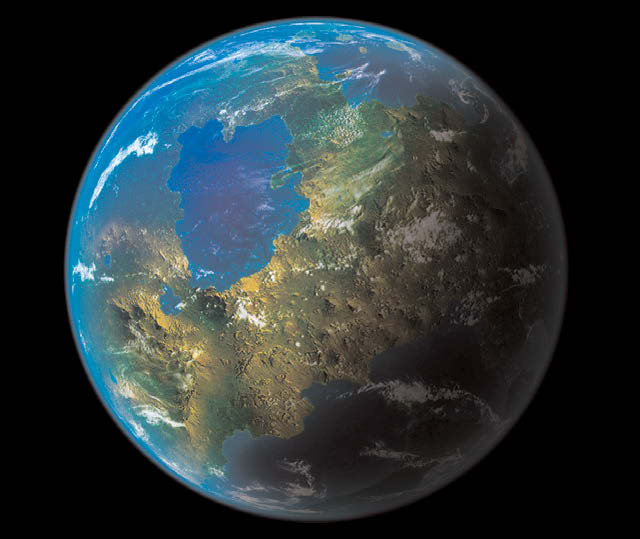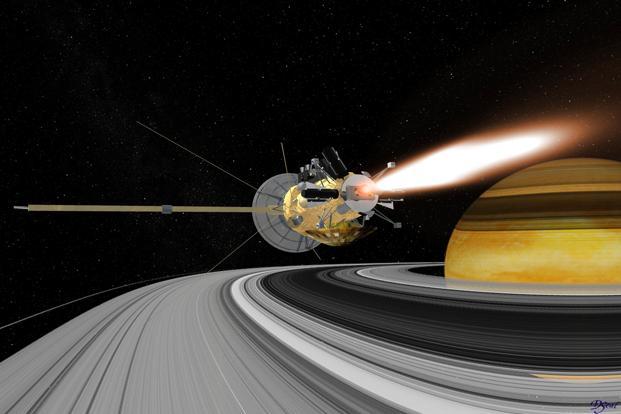
NEW YORK — An Indian American professor has devised a new method to characterize dark matter that can help hunt for the mysterious space phenomenon.
Sukanya Chakrabarti, assistant professor at the Rochester Institute of Technology in New York, uses waves in the galactic disk to map the interior structure and mass of galaxies, similar to how seismologists analyze waves to infer properties about the Earth’s interior.
Her team used spectroscopic observations to calculate the speed of the three Cepheid variables — stars used as yardsticks to measure distance in galaxies — in the Norma constellation.
Chakrabarti used Cepheid variables to mark the location of a dark-matter dominated dwarf galaxy approximately 300,000 light years away. In contrast, the disk of the Milky Way terminates at 48,000 light years.
“The radial velocity of the Cepheid variables is the last piece of evidence that we’ve been looking for,” Chakrabarti said. “You can immediately conclude that they are not part of our galaxy.”
Invisible particles known as dark matter make up 85 percent of the mass of the universe.
“The mysterious matter represents a fundamental problem in astronomy, because it is not understood,” Chakrabarti added.
Her method for locating satellite galaxies dominated by dark matter taps principles used in seismology to explore the interior of the galaxy.
“We have made significant progress in this new field of galactoseismology where by you can infer the dark matter content of dwarf galaxies, where they are, as well as the properties of the interior of galaxies by looking at observable disturbances in the gas disk,” Chakrabarti explained.
This new method to characterize dark matter marks the first real application of the field of galactoseismology.
“It is very similar to seismology in a sense, because we’re trying to infer things about the interior of galaxies and how much dark matter there is and how much there has to be to produce these disturbances,” she noted.
The study further questions the standard paradigm that old stars populate the dark matter halo and young stars are formed in the gas-rich stellar disks.
Chakrabarti’s findings have been submitted for publication in Astrophysical Journal Letters.
IANS





Be the first to comment